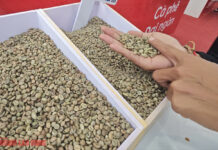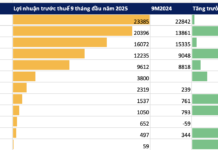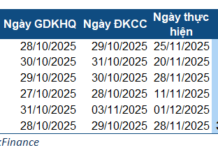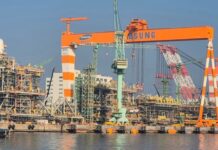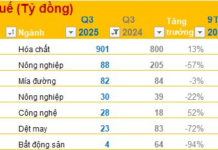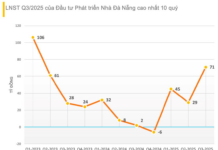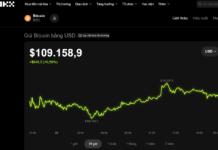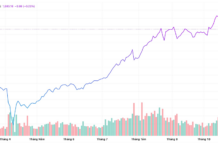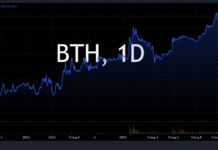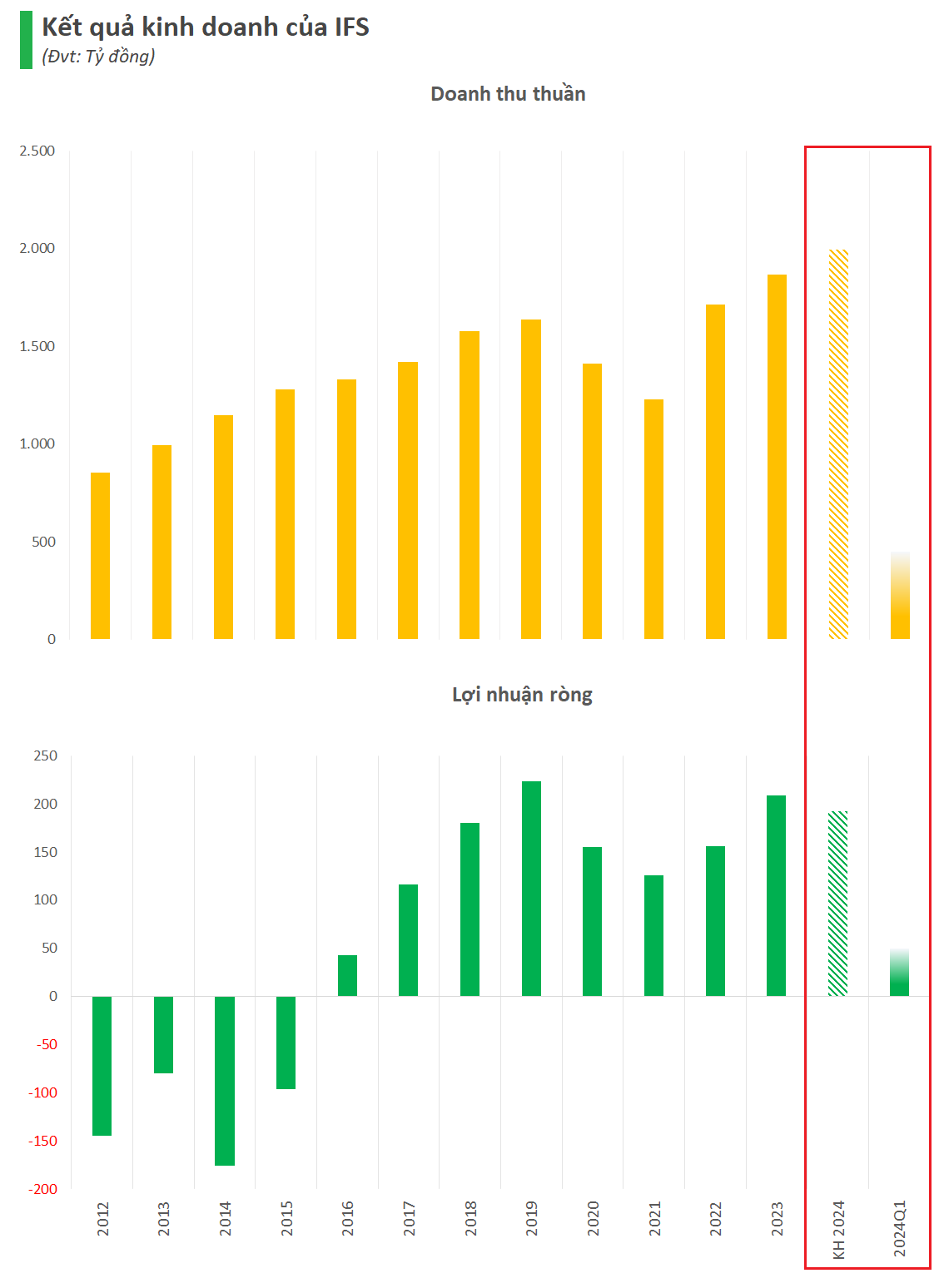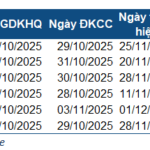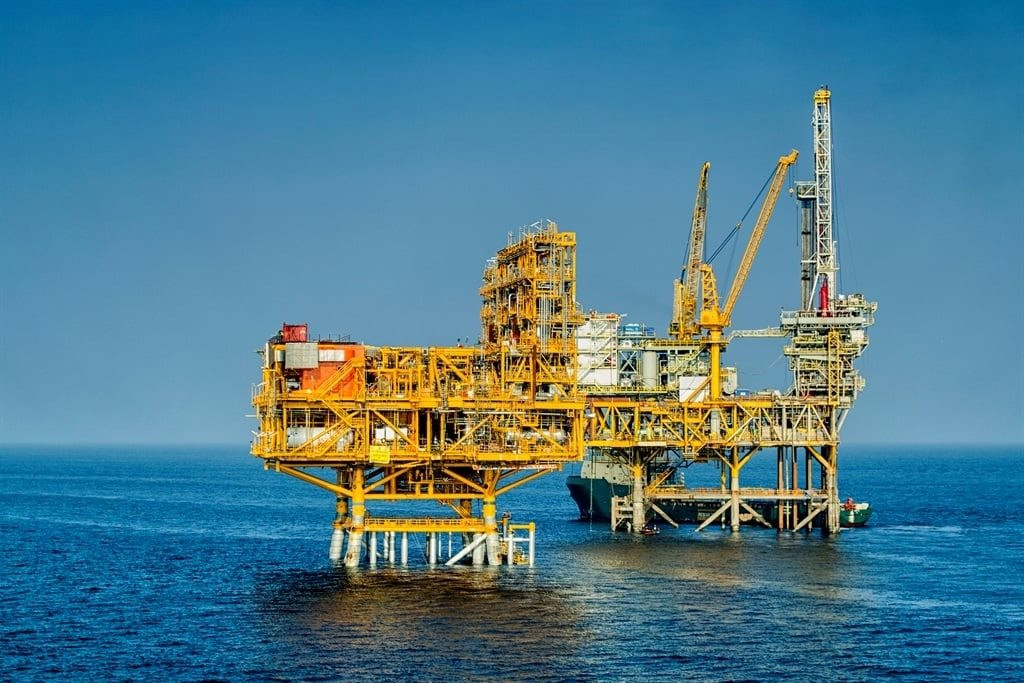
Namibia seeks to join OPEC as the country plans to exploit its crude oil resources with production set to reach an impressive 700,000 barrels per day in 2023, the first year under the current production schedule. And it seems, OPEC is more than delighted to welcome the nation.
OPEC provides “great value” in “ensuring that the dynamics of the market are managed in a sustainable manner,” Namibia’s Petroleum Commissioner Maggy Shino said during a recent virtual event. Both sides have reportedly begun discussing Namibia’s potential membership, the reports say.
Meanwhile, an anonymous source has told Reuters that OPEC is keen on having Namibia as a member. The source told Reuters that the country could initially become a member of the OPEC Charter of Cooperation, which could then lead to full membership.
According to NJ Ayuk of the African Energy Chamber, OPEC has started “wooing” Namibia, although Namibia’s Minister of Mines and Energy, Tom Alweendo, said that there have been no talks about Namibia joining OPEC.
“We are not close to anybody or not in any talks with anybody in OPEC. OPEC members are exporters of oil and we are not there yet. It is only prudent that once we start producing, then we consider it,” Alweendo said.
Production is starting soon. Majors have announced resources of around 11 billion barrels of oil equivalent offshore. This is two-and-a-half times more than Vietnam (with about 4.4 billion barrels of oil in place—25th in global reserve rankings) and ahead of even Mexico, which currently ranks 17th in the world with 9.7 billion barrels. Shell and TotalEnergies are the top investors in Namibia’s oil sector, along with Qatar Energy and an Australian company, Global Petroleum. Chevron, Galp (Portugal), and Rhino Resources are also exploring in the country’s Orange Basin.
Two discoveries in particular—Shell’s Graff find and TotalEnergies’ Venus—could establish the country not just as a new oil producer but as a major oil producer, with estimates for the combined discoveries in the billions of barrels of oil and cubic feet of gas.
Graff is estimated by Barclays to hold 1.7 billion barrels of oil equivalent across three wells, while Venus is believed to be even larger, with 3 billion barrels of oil equivalent. It was the world’s second-largest deepwater oil discovery in 2015, and if successful in its development plans Namibia could rank among the top 15 oil producers by 2035, according to Namibia’s Prime Minister Saara Kuungonelwa-Amadhila.
This potential is undoubtedly what makes Namibia such an attractive target for OPEC. Angola recently left, costing OPEC around 1.1 million bpd in production. Namibia could essentially plug that hole.
The cooperation would allow OPEC to add around 700,000 bpd to its total output. And this could rise even further if additional exploration delivers more success. Namibia’s membership would also strengthen OPEC’s hand in controlling prices—after all, this is a key reason for adding new members.


